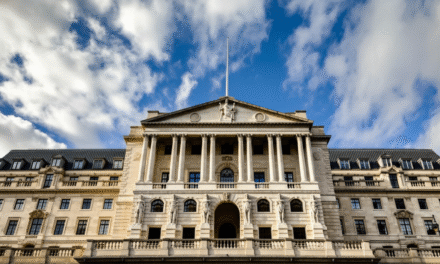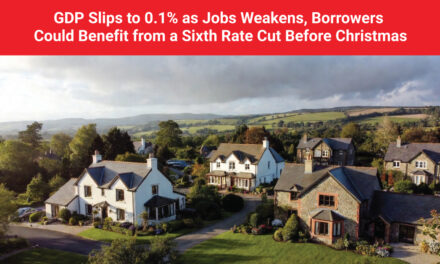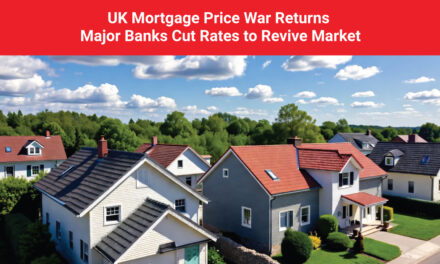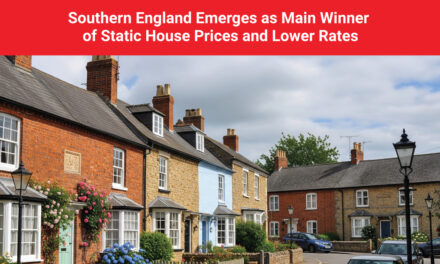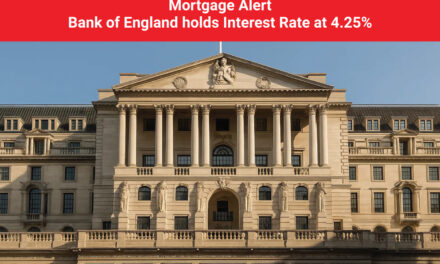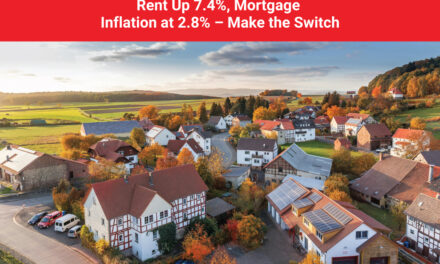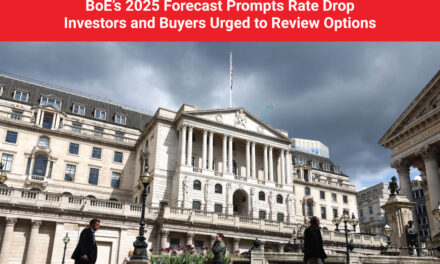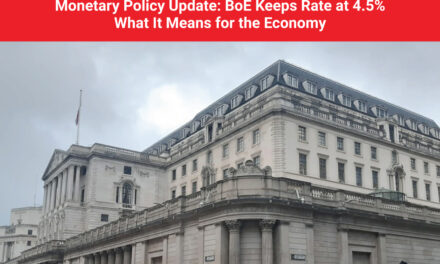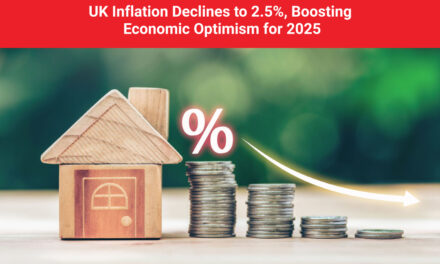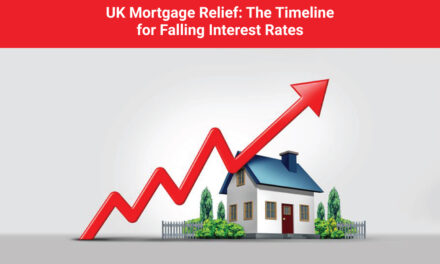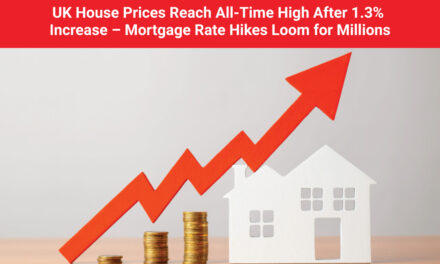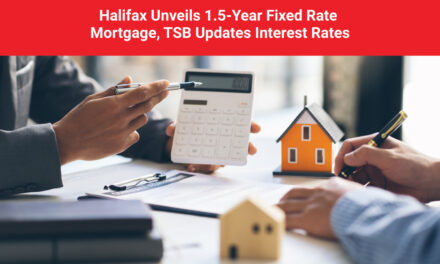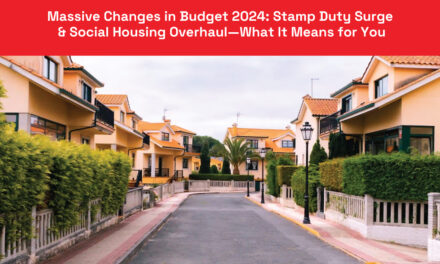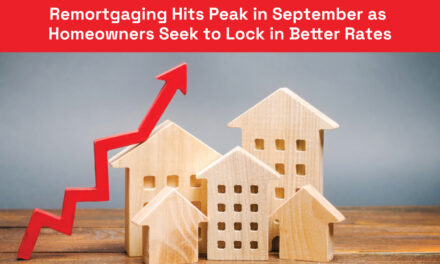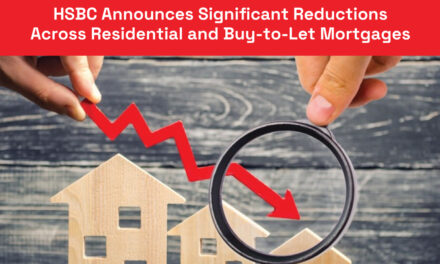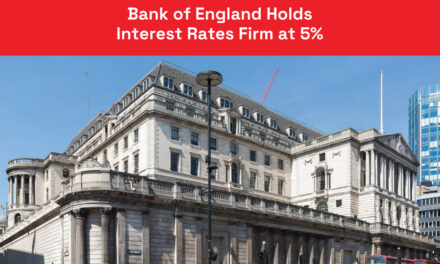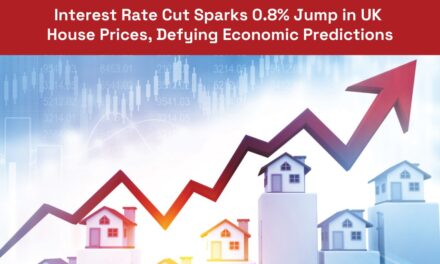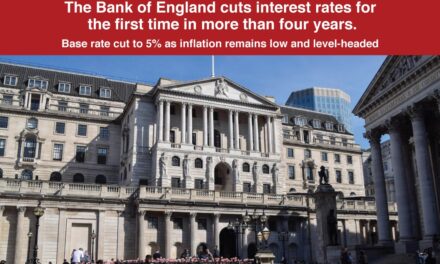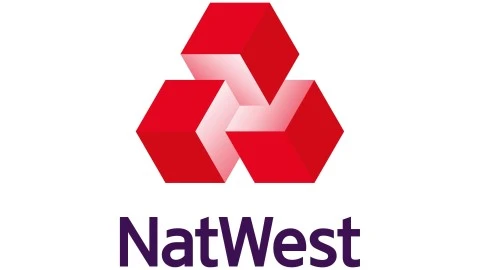How Will Mortgage Rate Hikes Affect the UK Housing Market?
Borrowers are transitioning from favorable two-year fixed-rate deals from early 2022, with the impact of higher rates diminishing throughout the year.
Last week’s economic data unfolded predictably. Core inflation dipped slightly more than forecast, while services inflation remained resilient. Headline inflation also came in slightly lower than expected at 3.4%. The Bank of England’s response was unsurprising, holding the bank rate steady at 5.25% on Thursday.
Amid the ongoing recovery of the UK housing market following a subdued 2023, the absence of news may be viewed positively. Last year saw a 20% decrease in transactions and a 5% drop in average prices due to high mortgage rates and persistent inflation.
Although optimism grew in the final quarter with declining headline inflation and market expectations of rate cuts, these expectations have moderated. Mixed signals from data may lead to price negotiation challenges between buyers and sellers.
The looming question is the extent of financial strain as borrowers transition from previously advantageous fixed-rate deals. This chart, analyzing mortgage data from Knight Frank, offers insights based on fixed-term deal proportions and average rates across various loan-to-value (LTV) ratios.
Last week’s economic data unfolded predictably. Core inflation dipped slightly more than forecast, while services inflation remained resilient. Headline inflation also came in slightly lower than expected at 3.4%. The Bank of England’s response was unsurprising, holding the bank rate steady at 5.25% on Thursday.
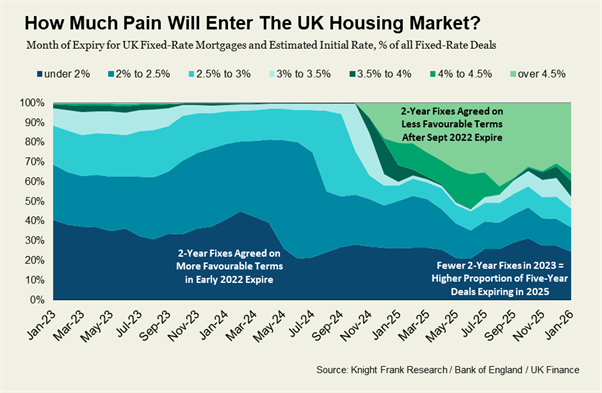
Amid the ongoing recovery of the UK housing market following a subdued 2023, the absence of news may be viewed positively. Last year saw a 20% decrease in transactions and a 5% drop in average prices due to high mortgage rates and persistent inflation.
Although optimism grew in the final quarter with declining headline inflation and market expectations of rate cuts, these expectations have moderated. Mixed signals from data may lead to price negotiation challenges between buyers and sellers.
The looming question is the extent of financial strain as borrowers transition from previously advantageous fixed-rate deals. This chart, analyzing mortgage data from Knight Frank, offers insights based on fixed-term deal proportions and average rates across various loan-to-value (LTV) ratios.
One key finding is that a significant number of borrowers will see their relatively favorable two-year fixed-rate deals expire in the early months of this year. These agreements were made as interest rates began their ascent in early 2022. With 14 consecutive rate hikes between December 2021 and August 2023, the average rate on a two-year mortgage (at 75% loan-to-value) surged from 1.57% to 6.18%. Consequently, the proportion of fixed-rate mortgages up for renewal, initially below 2%, will decline from its peak of 45% in February to 26% by December.
By the end of 2024, the majority of sub-2% deals due for renewal will be five-year mortgages from 2019, with the remaining being three or four-year deals. Sub-2% five-year mortgages will vanish by mid-2027. Despite increased financial strain, we project a 3% rise in UK prices this year, attributed to greater stability in the mortgage market.
Additionally, as this strain dissipates, more borrowers will secure new rates at similar or better terms later in the year. This is due to two-year fixes taken out during rate spikes following the mini-Budget in September 2022. By the end of 2024, deals agreed at rates over 4% will represent a fifth of all fixed-rate mortgages up for renewal, rising to 33% by the end of 2025, according to estimates.
On the other hand, the increase in deals below 3.5% expiring in the latter half of 2025 stems from a lower proportion of two-year agreements taken out during the corresponding period in 2023. Back then, variable rate mortgages gained traction as borrowers anticipated a peak in the bank rate, while five-year fixes remained popular among those seeking stability amidst rate volatility.
However, this trend has shifted. According to Simon Gammon, head of Knight Frank Finance, “Two-year fixed mortgages have regained popularity. The gap between a two-year and a five-year fix isn’t substantial, and many borrowers prefer the flexibility to potentially secure a mortgage starting with a 3 in two years’ time.”
The absence of a sudden cliff edge moment for mortgage rates suggests we shouldn’t anticipate a sharp decline in house prices. The prevalence of fixed-rate deals in recent years, compared to variable rates, means any financial strain will manifest gradually. Prior to the pandemic, over 90% of mortgages were fixed-rate.
Furthermore, the relative financial robustness of lenders compared to the 2008/09 financial crisis will mitigate the risk of widespread foreclosures.






